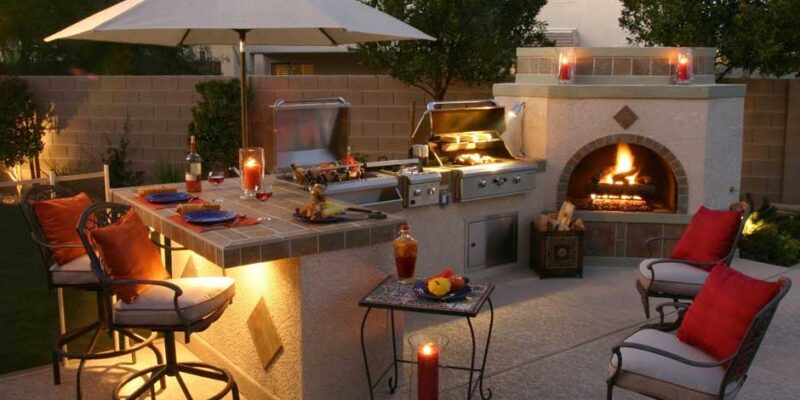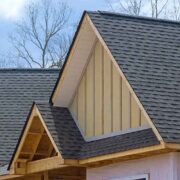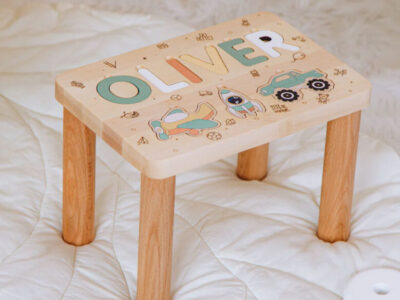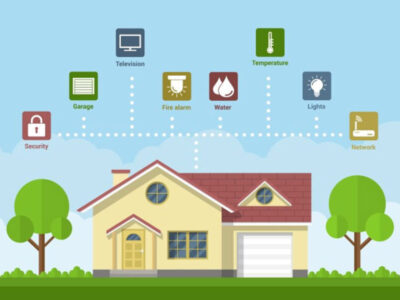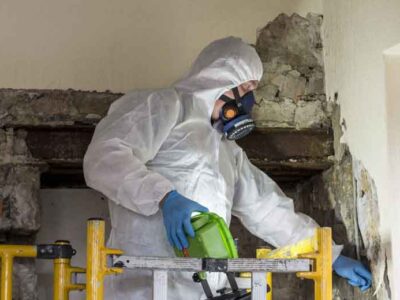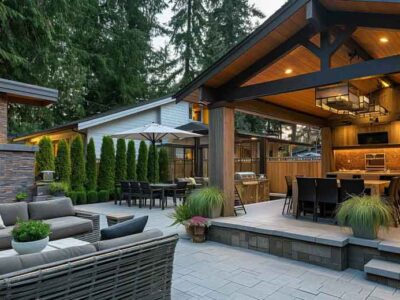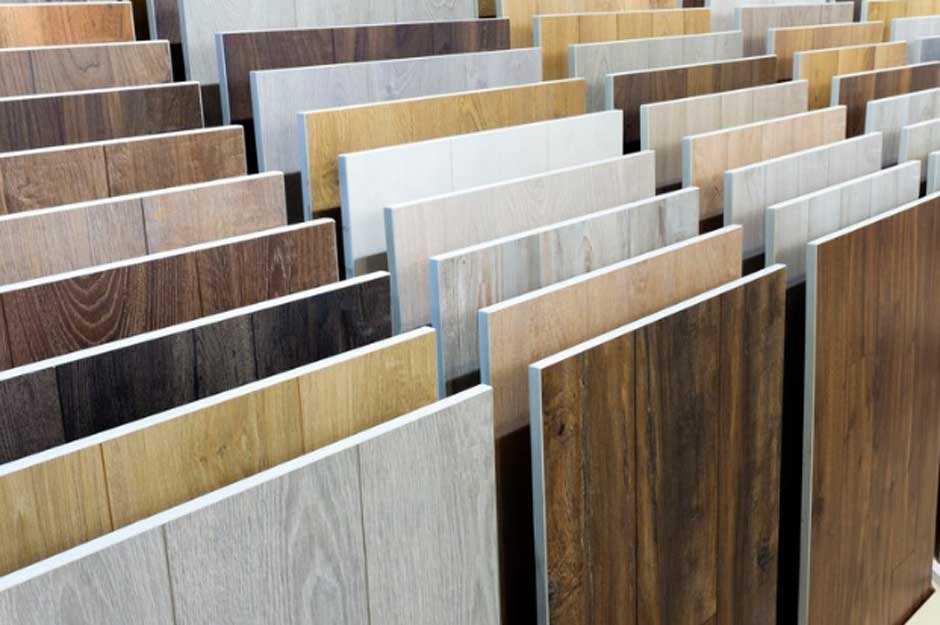There’s something timeless about cooking on a hunch in the great outdoors. With the smell of charcoal, the sound of sizzling meat, and the uproar of friends’ laughter, a BBQ area in any backyard becomes the epitome of summer. But creating this scene is more than just a grill and a picnic table. It requires a space that reflects your daily routine, coordinates with your house, and all within your budget.
In some cases, homeowners use Colorado investment loans to increase property value through outdoor improvements like barbecue zones. If your outdoor space is a value-adding real estate investment, it makes sense to think of the long game. This phase is foundational. You are not just choosing furniture, you’re designing an outdoor experience. Knowing the “why” helps make decisions less complicated. This differentiating factor will be the difference between a BBQ area that looks good and one that you will use often.
Start With the Why: What Kind of BBQ Space Do You Want?
Before you draw or shop, pause for reflection. Ask yourself: What is the intended use of this BBQ area? Will it be used for cozy family dinners, big weekend gatherings, or just the occasional burger night? Your answer will affect every other decision going forward — everything from the size of the grill to how many seats you need.
Consider your lifestyle. Do you enjoy hosting? If so, then lots of counter space is a must and you might even want an outdoor refrigerator. On the other hand, if you like a less noisy environment, a smaller system next to your kitchen could work well for you. Many people are sold by fancy online photos, but your space should reflect your habits, not someone else’s ideal.
Also, consider who will use the space. Do you have children? Make sure that there is nothing on which they can hurt themselves. Play safely. Are older relatives often present? It’s recommended to stay away from uneven surfaces or complex steps. Finally, if you are one to grill past sunset, proper lighting is top priority!
Budget considerations are crucial. There is no requirement to go whole hog and build a full outdoor kitchen at the outset. Start with the basics — a functional grill, a level surface, and maybe some shade — and work your way up. It’s about getting the basics right rather than overspending on the “nice-to-haves”, which often don’t get used.
Pick the Right Spot: How Location Affects Everything From Smoke to Seating
Now you’ve found the kind of space you want — so now, where should it be? Often, where you set up your BBQ area is key to the whole cooking experience. This is about more than simple convenience; it’s about everything from the wind to smoke to the traffic of feet to the sun to the lines of sight.
Position the BBQ area close to the kitchen (for effortless food prep) but not so close that you fill the house with smoke. Don’t place your grill next to doors and windows, as smoke would then be blown into your home. Think about the prevailing wind direction and place the grill so the smoke drifts away from sitting areas to avoid distracting or irritating diners during the meal.
Sunlight is another crucial consideration. It can be too hot — sitting out in a full afternoon sun BBQ area in July would not be pleasant. Introduce your friend, shade of some sort — a pergola, umbrella, or, hopefully, the cover of a nearby tree. Conversely, make sure to be aware of the low areas in your yard that will hold water or stay moist after the rain.
Whether you’re building on a blank patch of grass or hoping to improve upon your current patio space, the perfect BBQ area is not just about cash investment; it’s about careful thought and careful construction. Layout, materials, zoning laws, and lighting are all very important factors to consider. With a step-by-step design, this guide is filled with practical suggestions and concrete ideas. So if you’re ready to go from “we should build a BBQ spot place” to “come over this weekend,” you’re in the best place.
Also, look at: how does the BBQ zone sit within the flow of your outdoor area? Depending on whether it blocks a walkway or lies beside a play area, it could be rather dysfunctional. Your “BBQ-space” should feel like an extension of your outdoor space, not just an afterthought.
Finally, consider the grill’s view. What will you view from the kitchen? A fence? The neighbor’s trash bins? Choosing a seating position where you can see your garden, lawn, or a sunset will greatly improve the overall feel of the day.
Materials and Layout: Building a Space That’s Built to Last
Once you have selected the position for your BBQ area, plan the layout and materials. A good setup is functional, and that’ll stand up to grease, spills, rain, and heat. Begin with the floor; grass is not only muddy and uncomfortable to walk or sit on (and the dew means it’s likely to stay soggy well into the morning, just when you want to present uncle’s gift), it’s not a good bed for hot coals or food. Decide a fire-safe, sturdy, and easy-to-maintain hearth. Popular options include:
- Concrete: Inexpensive, durable, and hosed off. You may stain or stamp it for a personal look.
- Stone pavers: They give a nice natural look with good drainage. Slightly more expensive but long-lasting.
- Brick: A charming, warm addition that must be sealed, tends to be uneven underfoot.
- Treated wood or composite decking: Ideal for raised patios, because you don’t have to worry about termites.
Design a space with separate areas to cook, prepare the meal, and serve, allowing for great flow even in a smaller space. Opt for comfortable, weatherproof surfaces, such as granite or tile, for countertops. Build cabinets or boxes for tools and fuel to keep even these items from making unnecessary trips. Add in a trash spot to keep the area nice and tidy.
